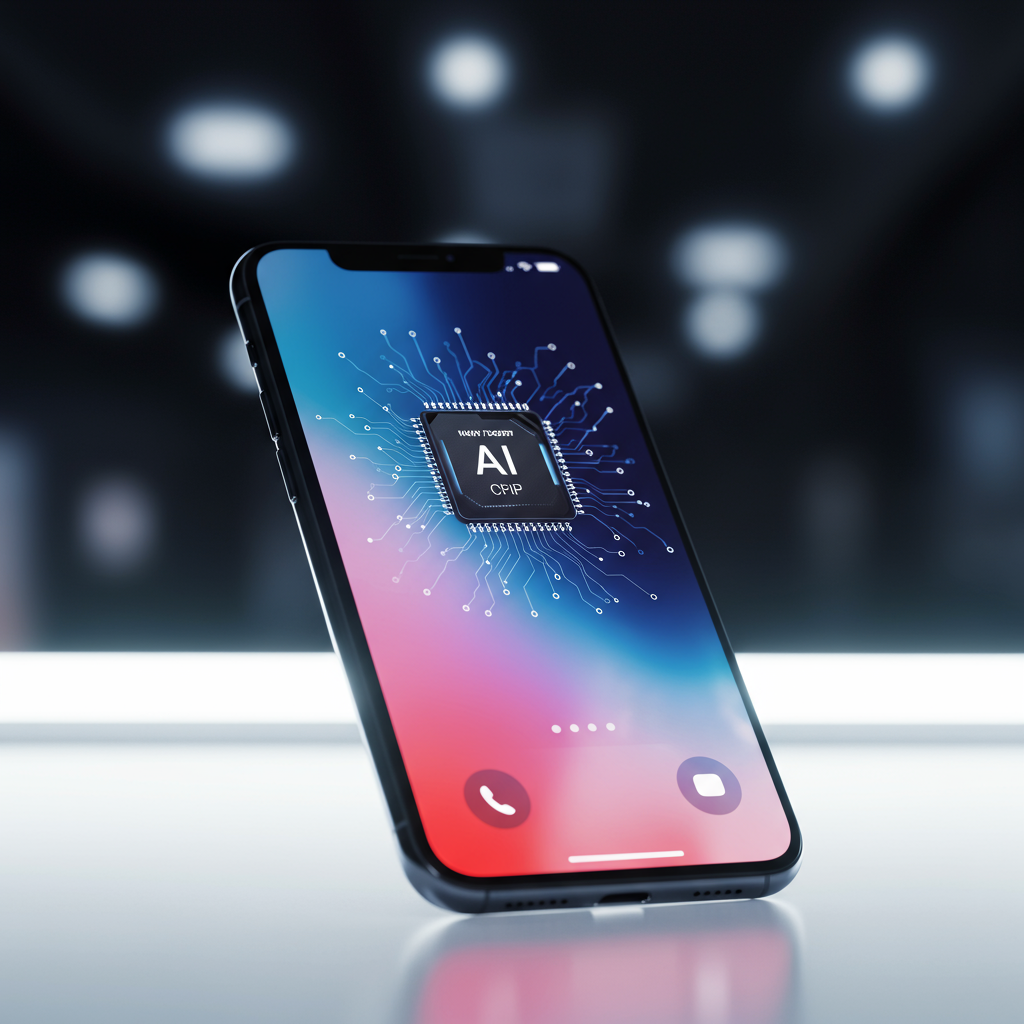After decades as a symbol of critical system failure, Microsoft is reportedly retiring its infamous Blue Screen of Death (BSOD). An upcoming update for Windows 11 is expected to replace the classic blue interface with a simpler, all-black alternative.
The BSOD has been a memorable, albeit often dreaded, sight for Windows users for nearly forty years. Encountering the bright blue screen typically signaled a complex issue that often required significant effort, debugging, or even expense to resolve. For many, it was the definitive sign that something had gone seriously wrong with their PC.
What’s Changing with the New Black Screen?
The most obvious change is the color scheme, shifting entirely from blue to black. Beyond the aesthetic, the new error interface is significantly simplified. While the traditional BSOD often provided a QR code and other diagnostic details to help users or technicians troubleshoot the problem, the new black screen is expected to display primarily the error code alongside a basic statement indicating a critical issue.
This simplification aligns with Microsoft’s stated goal to improve readability and integrate the error screen better with the overall design principles of Windows 11.
Microsoft’s Reasoning and User Skepticism
Microsoft suggests these user interface changes are part of a broader strategy aimed at making the platform more “enterprise-ready” and claims they will help users more easily navigate unexpected system restarts.
However, some observers question how simply changing the color and removing diagnostic information genuinely aids in navigating or debugging critical errors. The removal of tools like the QR code, which could sometimes provide a quick link to troubleshooting information, seems counterintuitive to helping users or IT professionals diagnose problems efficiently. While the new interface undeniably achieves the “simplicity” Microsoft targets, its practical utility compared to its predecessor is a point of contention.
The phasing out of the iconic blue screen marks the end of an era for the distinctive interface that has been a staple of the Windows experience (for better or worse) for so long. While Microsoft hasn’t specified the exact update that will introduce this change, it is anticipated to roll out in one of the next major Windows 11 updates.



